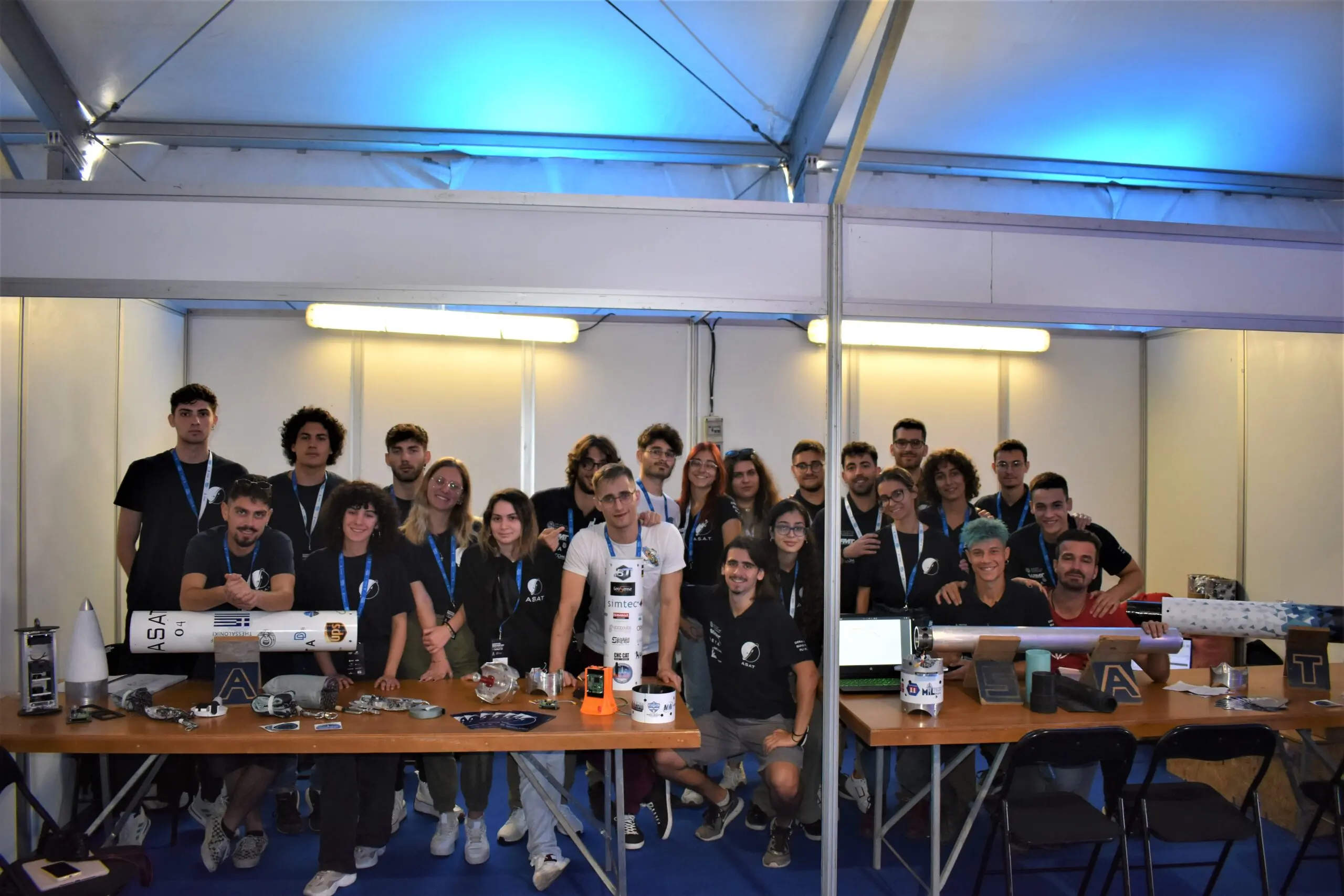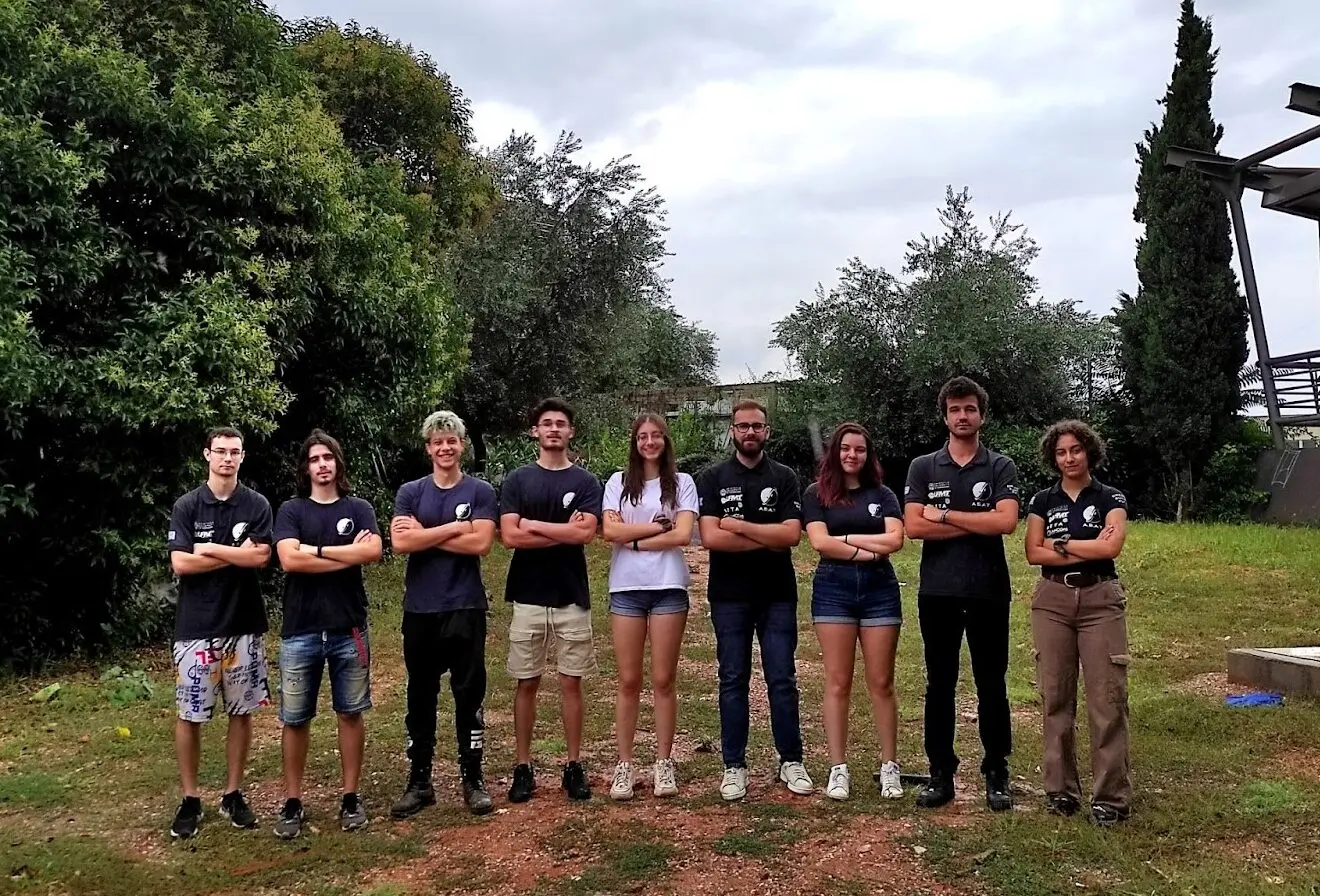Structural Subsystem
In rocketry, structural engineers design the “bones and muscles” that create the form and shape of a rocket and in managing to successfully do so, they usually work in cooperation with an aerodynamics team. Structural engineers need to understand and calculate the weight, strength, and rigidity of the rocket that is going to be manufactured.
A rocket is divided into two main parts, the airframe and the internal components. The first one consists of the nose cone, fins, and rocket body, while the latter of the motor bay, the Payload, Avionics, Recovery, and GPS Bay.
To begin with, before proceeding with the final HYPERION model, the rocketry team had already designed, manufactured and tested in flight 2 other model rockets, Hyperion 1 and Hyperion 2, which were 1:3 scale models of HYPERION. These two models gave considerable experience in designing and manufacturing model rockets. With this experience in mind, as well as extended research to gather extra information and data needed, the team proceeded with the final Hyperion model.

The team started designing the last Hyperion model back in February 2019 where the designing procedure lasted for about three months. In that period the structural sub-team had to design, first of all, the components of the rocket in a 3D CAD software, SOLIDWORKS. Then, the next steps included the materials selection, the model’s weight estimation and the manufacturing method of the structural components. The materials that were chosen were composite materials, for the airframe, and aluminum 6061 – T6, for all the internal parts. The reason the sub-team used composite materials was that they provide high strength for low weight. Additionally, for those components static analysis were conducted under all the imposed loads during a flight, to ensure the rigidity of the vehicle, using the software of BETA CAE Systems, ANSA and META.

Hyperion’s rocket airframe consists of its tube, fins, and nose cone. All the three components were designed by rocketry’s structural sub-team and the fins and nose cone were also manufactured by the members of this sub-team in our laboratory. Hyperion’s fins have a core of polyurethane foam, which is then laminated with 2 layers of carbon fiber. Then a third carbon fiber layer is used to connect the fins with the rocket’s body, using the tip-to-tip method, thus creating a monolithic connection. For the lamination process, the sub-team used the vacuum resin infusion method. Moving on to the nose cone, this one is made in-house from fiberglass and for its structure, the sub-team followed the vacuum resin infusion method, this time using two female MDF molds.

Furthermore, the airframe tube of the rocket is divided into two parts, which are connected with an aluminum joint. The airframe tube is made of eight layers of carbon fiber, oriented in that way in order to withstand the compressive and tensile loads of the motor and the parachute deployment. Inside Hyperion’s body, every component is secured on aluminum bulkheads, which are attached to the airframe. The two major bulkheads that require attention in the design are the motor bulkhead and the recovery bulkhead. The motor bulkhead is where the rocket motor is secured and receives the thrust of the motor and then takes the load to the airframe.
On the other hand, the recovery bulkhead has to withstand the loads that are produced during the parachute deployment.
In terms of numbers, the airframe tube is about two meters long and has an inside diameter of 12.5 cm. Both the tube and motor bulkhead are designed to withstand a max thrust of 2400N and the recovery bulkhead a force of 1700N.







